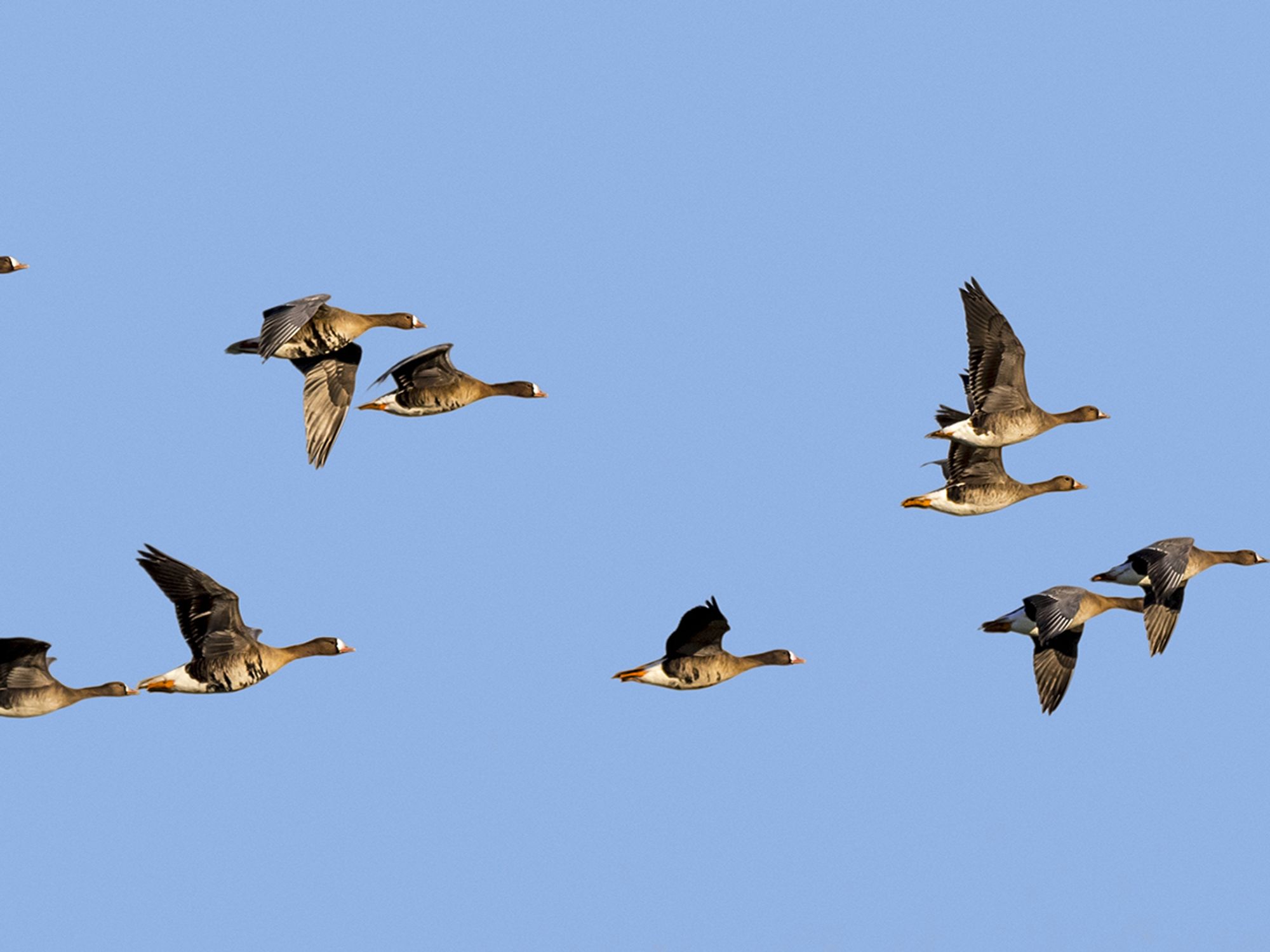Migratory Bird Treaty Act (MBTA)

- MBTA makes sure there is sustainability of populations of all protected migratory bird species.
- USFWS is the agency that looks after the Migratory Bird program.
The Migratory Bird Treaty Act (MBTA) of 1918 applies four global conservation treaties that the U.S. entered with Canada in 1916, Mexico in 1936, Japan in 1972, and Russia in 1976. It is meant to make sure there is sustainability of populations of all protected migratory bird species.
The law has been revised with the signing of each treaty. It was also amended when any of the treaties themselves were revised, such as with Mexico in 1976 and Canada in 1995. The MBTA bans the take (including killing, seizing, selling, trading, and moving) of protected migratory bird species without permission beforehand by the Department of Interior U.S. Fish and Wildlife Service.
U.S. Fish and Wildlife Service (USFWS) role
The U.S. Fish and Wildlife Service (USFWS) is the agency that looks after the Migratory Bird program. This program aims to conserve birds and preserve established subsistence and outdoor recreational activities that include birds, as well as migratory bird supervision, state partnership, and environmental reviews. The program works with partners like outdoor leisure and sporting groups, conservation institutions, tribes, and state wildlife agencies to preserve habitats needed to aid these species for generations of Americans to come. Acts at the forefront of the Migratory Bird program include the following:
- Migratory Bird Treaty Act (MBTA),
- Migratory Bird Hunting and Conservation Stamp Act, and
- The Bald and Golden Eagle Protection Act.
